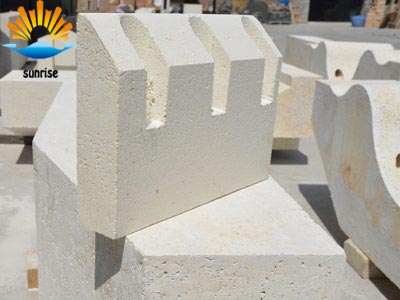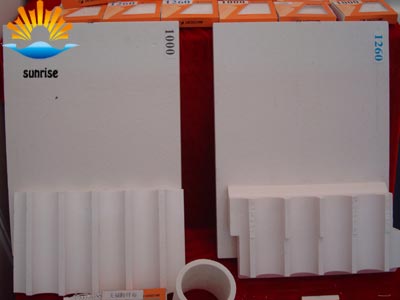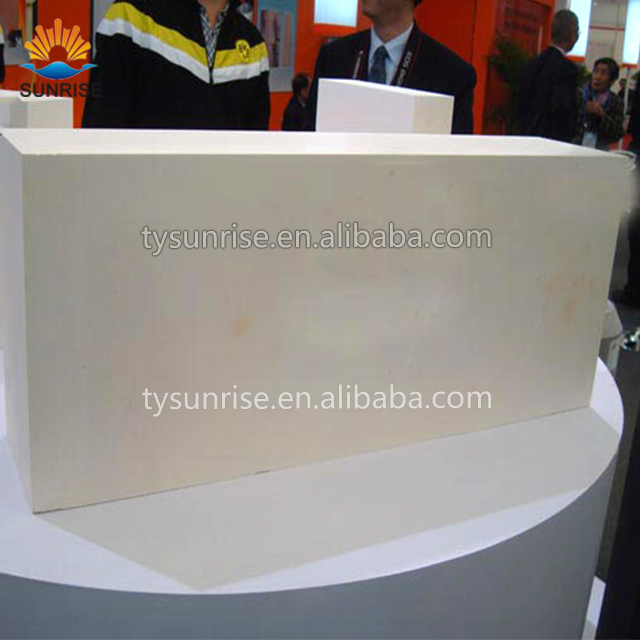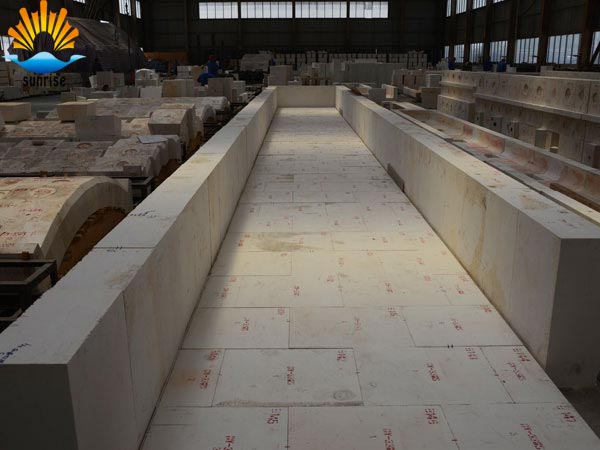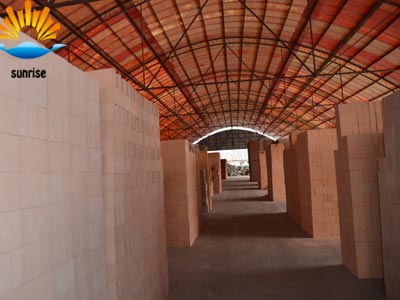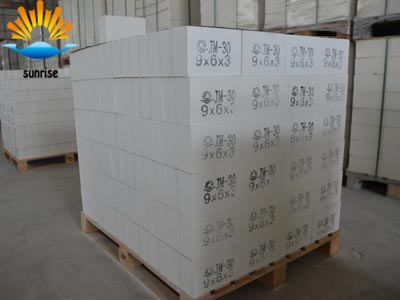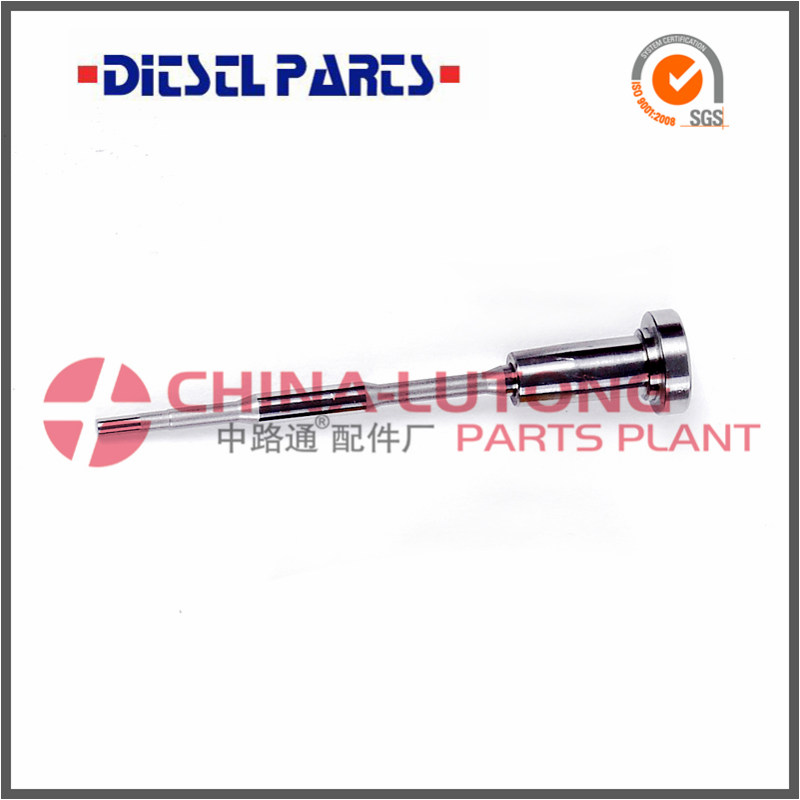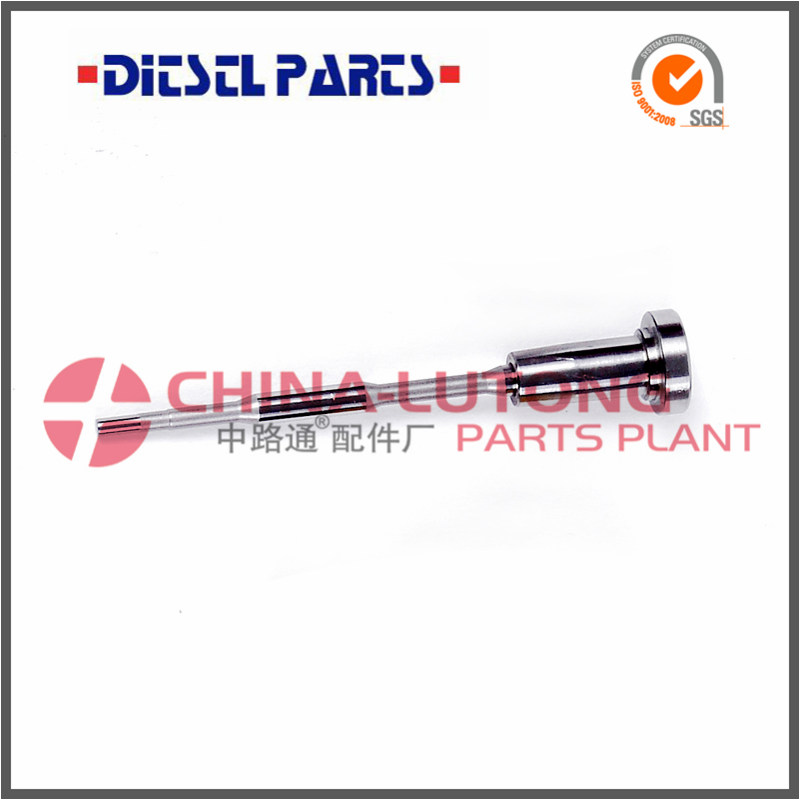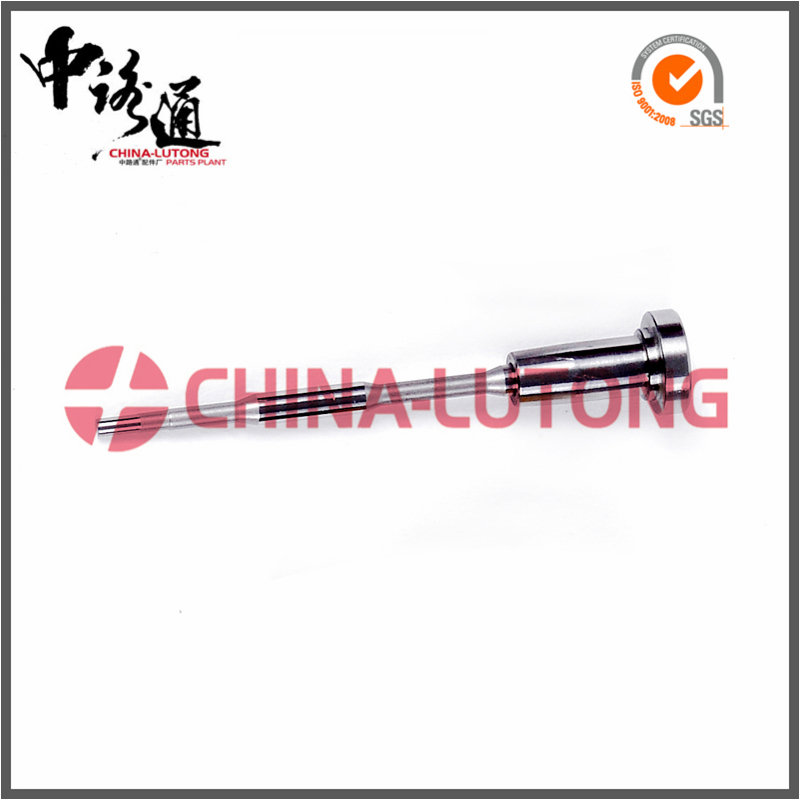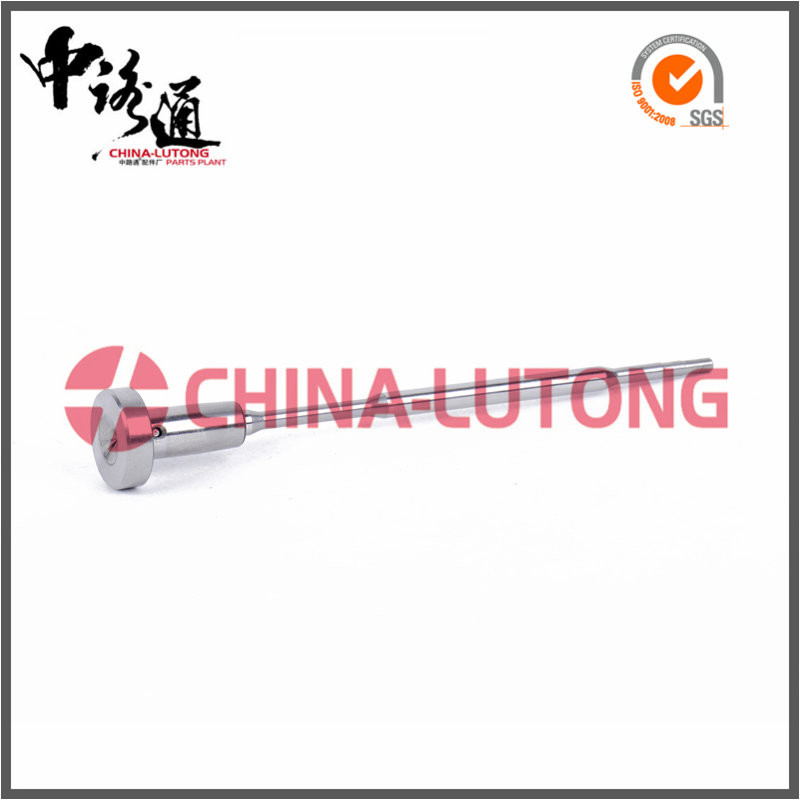A New Fiber Reinforced Lightweight Brick of Mullite
With the development of industrial technology, lightweight insulation refractories are developing in the direction of more high temperature resistance and thermal shock resistance, and improving the thermal shock resistance and mechanical properties of high temperature lightweight insulation bricks is a must for refractories companies. New topics for research. Titanium refractories combined with domestic authoritative refractories experts use fiber's high strength, high modulus and fracture mechanism of composite materials to improve the performance of the material, and to develop a better fiber reinforced refractories - fiber reinforced molybdenum Stone lightweight brick (referred to as mullite fiber brick).
The patent for mullite fiber brick and its method of manufacture uses refractory materials as the main raw material, and includes the steps of mixing, molding, drying, and sintering. It is characterized by the addition of mullite crystal fiber into the main raw material. The mullite fiber brick
Moreover, it is mainly made of the following weight percentages of raw materials:
Refractories 60 to 75%; flammable materials 5 to 25%; mullite crystal fiber 5 to 15%; raw material total 100%;
The refractory material is one or more of alumina powder, sillimanite, mullite, clay, and coke; the combustible material is one of polystyrene ball, sawdust, cork powder, powdered coal powder, and organic fiber. One or more kinds of mixture. The mullite fiber brick according to claim 1, wherein the refractory material has a particle size greater than 325 mesh.
The method for making mullite fiber bricks is characterized by the following steps:
1) Mixing: The combustible material is wetted and mixed with a refractory material, and the mixture is stirred with water until it is uniform, and then the mullite crystal fiber is added under stirring to obtain a wet sludge compact;
2) Trapped material: the wet sludge trapped material 12 ~ 24h, obtained mud, the moisture content of the mud material ≤ 26%;
3) Forming: extrusion molding mullite fiber brick body;
4) Drying: The mullite fiber brick body is dried at 80-180° C. After the drying is completed, the water content of the green body is 2-5%, which is made into a dry state body;
5) Sintering: sintering the dried green body at a maximum temperature of 1100 to 1500° C. to form a mullite fiber brick blank;
6) Cutting: The size of the mullite fiber brick blank is cut and the surface is polished to make a mullite fiber brick
Отправить запрос, связаться с поставщиком
Другие товары поставщика
| Ceramic Fiber Board | Feature ►Application:♦ Ceramic Fiber Board is made of Alumino-Silicate fibrous wool by vacuum forming process.♦ Furnace with high te... | |
| fireproof case fused cast azs refractory brick for glass furnace, AZS--33,36,41 | Glass furnace brick refractory material AZS brick Fused Cast AZS are the most widely used materials both in glass contact and superstructure of ... | |
| Плавлено-литых АЗС 41# блок | Преимущества:⦠компактная микроструктура ⦠Хорошая сопротивляемость эрозии в расплавленное стекло ⦠хороший тепловой шок сопротивления ⦠ел... | |
| High Alumina Insulating Brick | DescriptionHigh alumina insulating bricks are also known as high alumina heat insulating bricks. It is a new type of lightweight insulating materia... | |
| The characteristics of mullite insulation bricks | 1. Foaming Foams for Lightweight Heat Preserved Bricks Bubbles with uniform bubble diameters can be obtained. 2. The foam is independent, and it is... |
Похожие товары
| Common Rail injector control valve F00V C01 365 & Common Rail injector control valve F00V C01 368 | Продавец: zhonglutong | Common Rail injector control valve F00V C01 365 Common Rail injector control valve F00V C01 368 C... | |
| Common Rail injector control valve F00V C01 362 & Common Rail injector control valve F00V C01 363 | Продавец: zhonglutong | Common Rail injector control valve F00V C01 362 Common Rail injector control valve F00V C01 363 C... | |
| Common Rail injector control valve F00V C01 358 & Common Rail injector control valve F00V C01 359 | Продавец: zhonglutong | Common Rail injector control valve F00V C01 358 Common Rail injector control valve F00V C01 359 C... | |
| Common Rail injector control valve F00V C01 355 & Common Rail injector control valve F00V C01 356 | Продавец: zhonglutong | Common Rail injector control valve F00V C01 355 Common Rail injector control valve F00V C01 356 C... | |
| Common Rail injector control valve F00V C01 352 & Common Rail injector control valve F00V C01 353 | Продавец: zhonglutong | Common Rail injector control valve F00V C01 352 Common Rail injector control valve F00V C01 353 C... |









